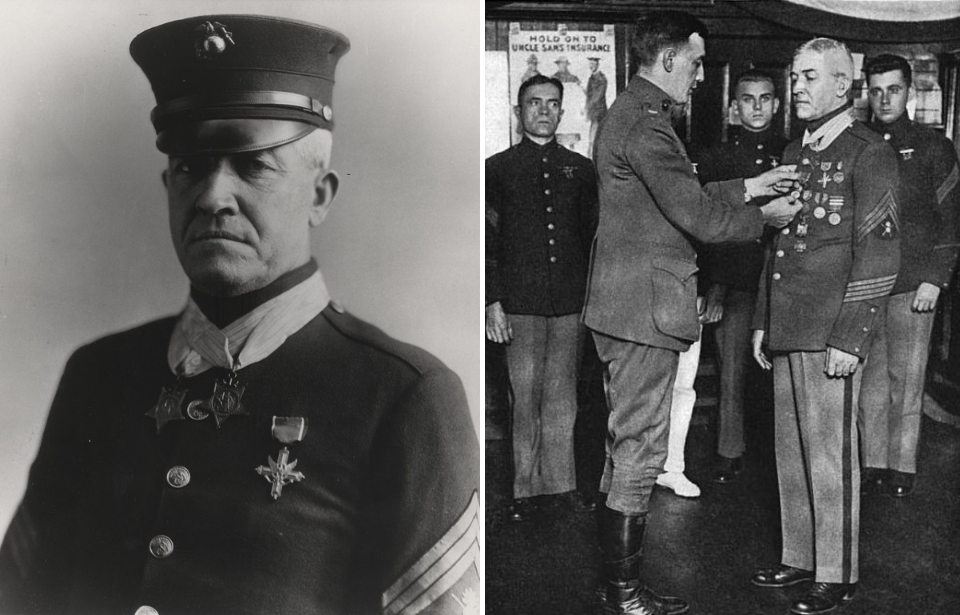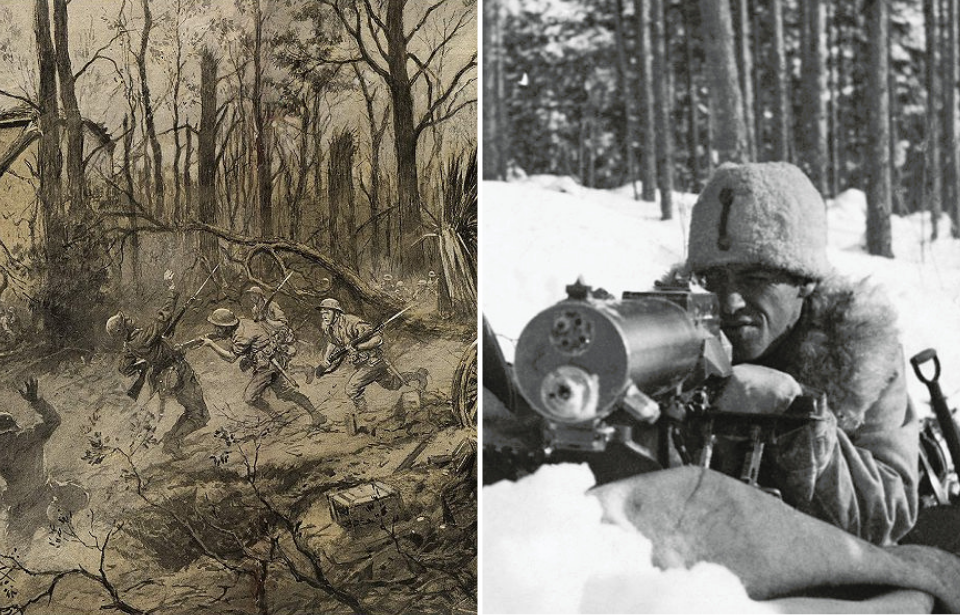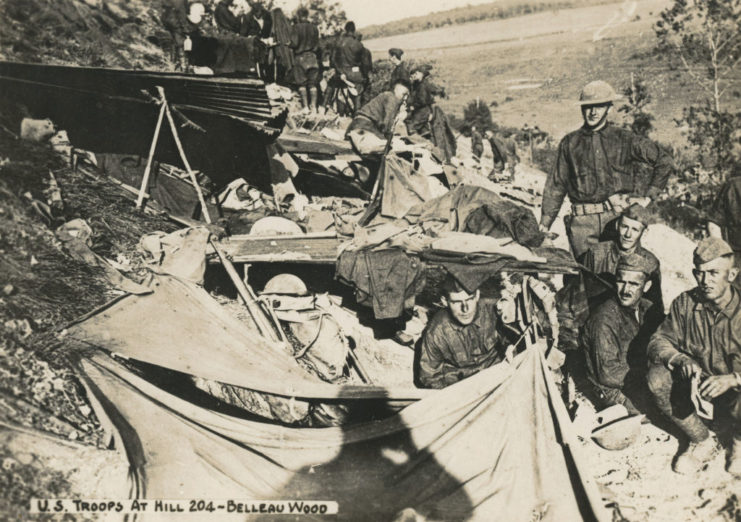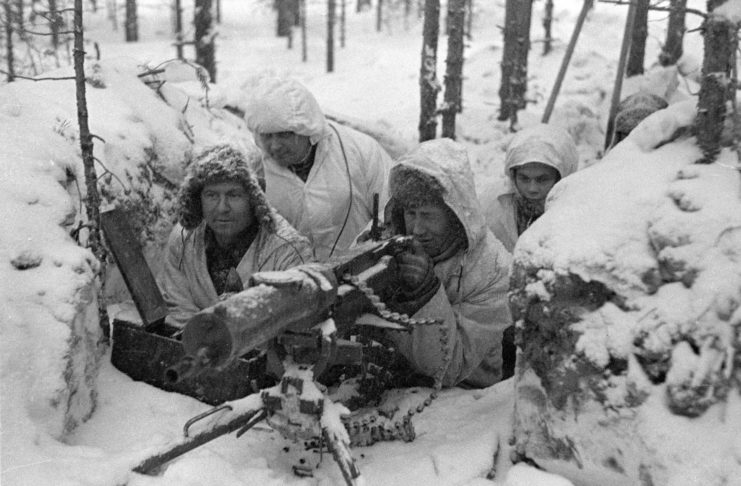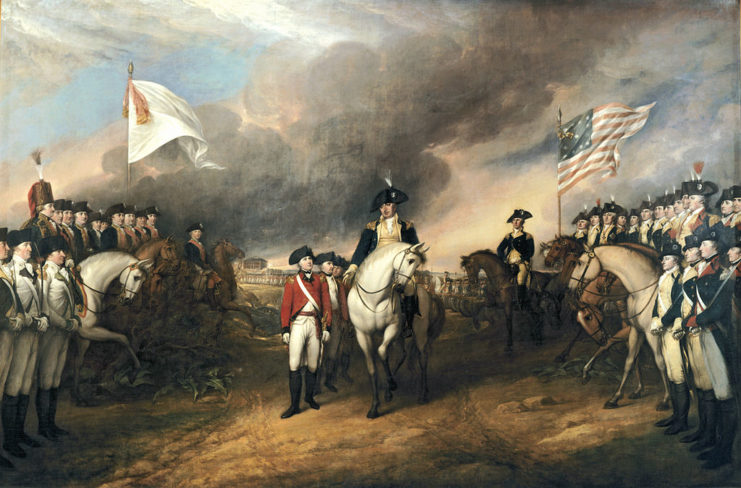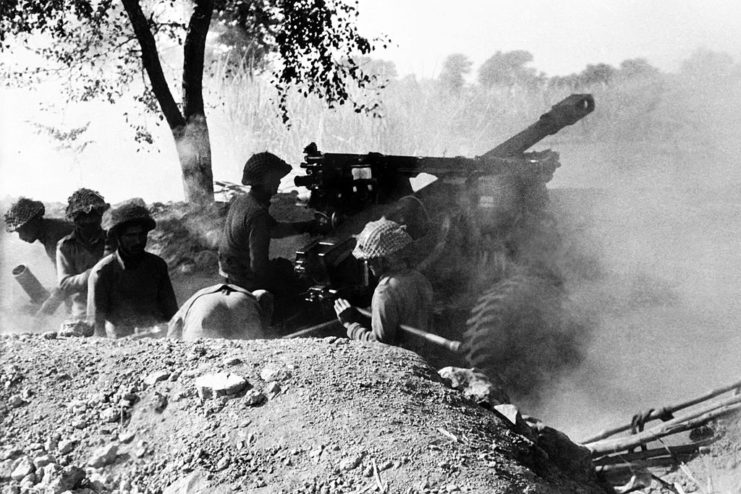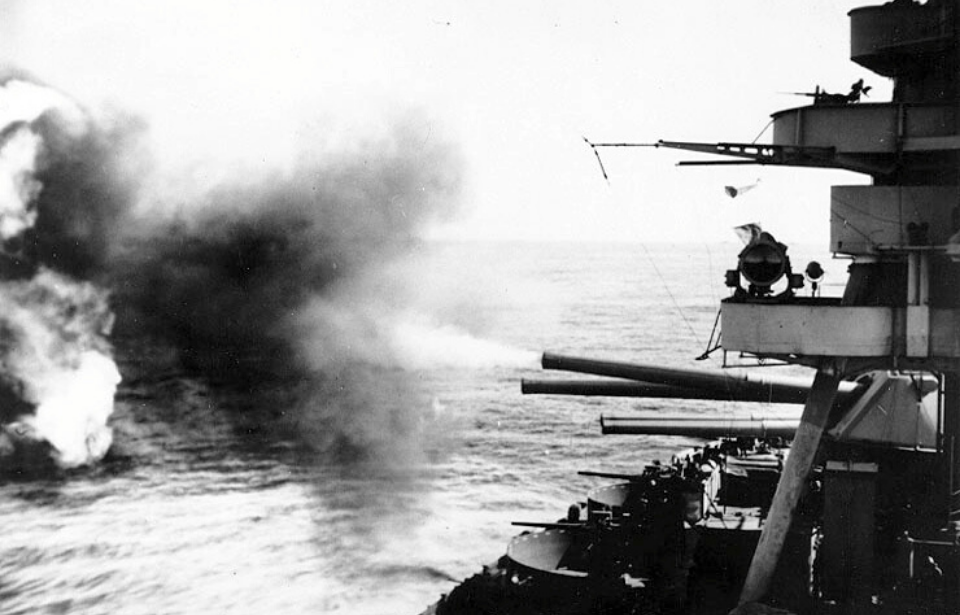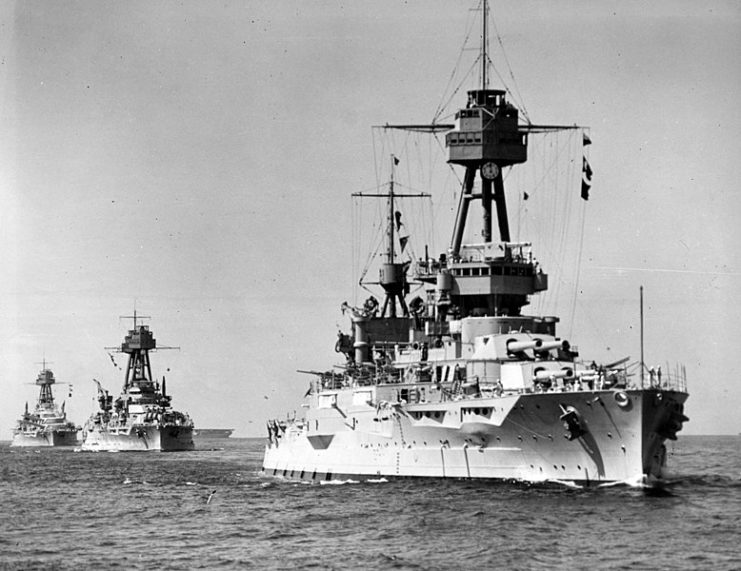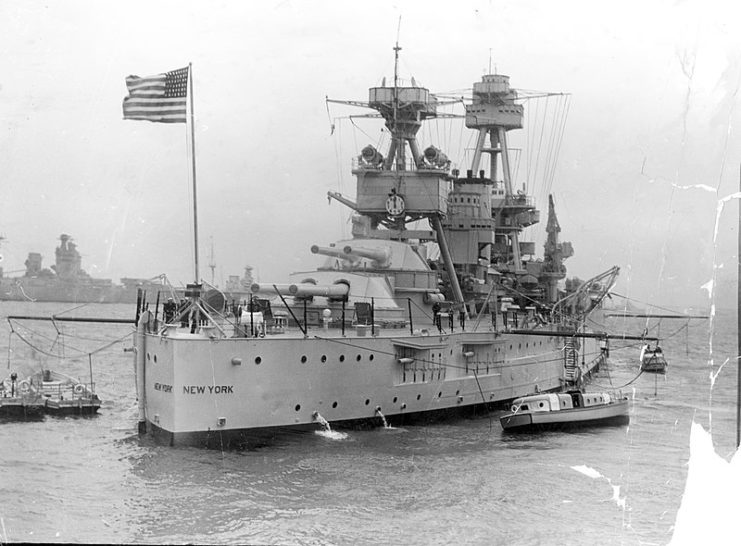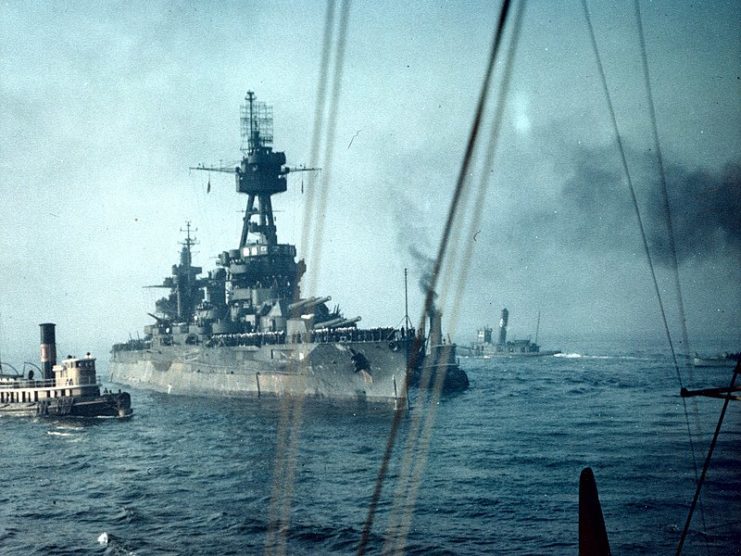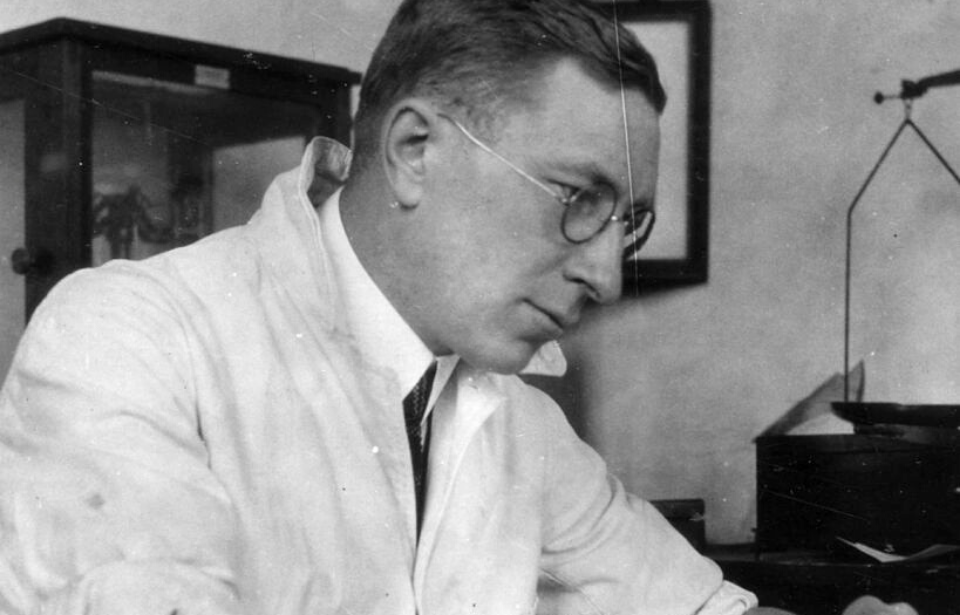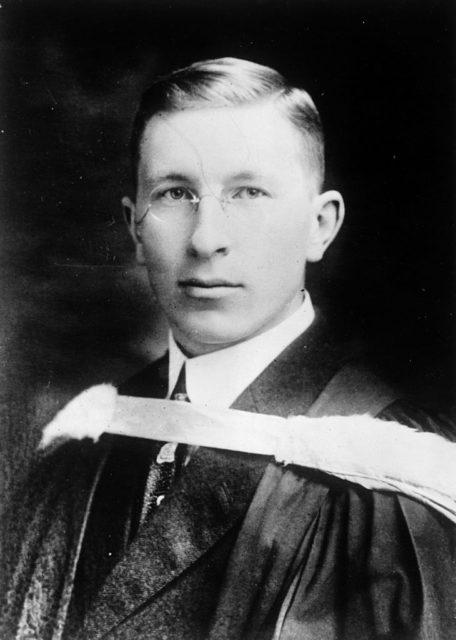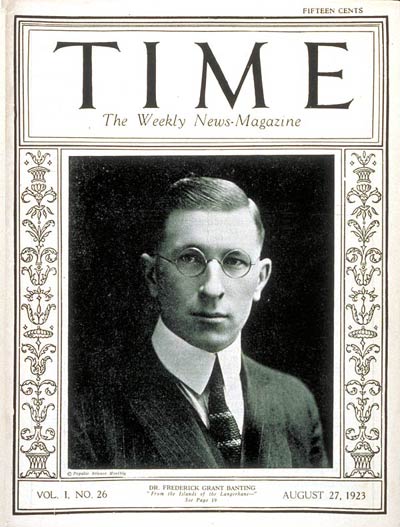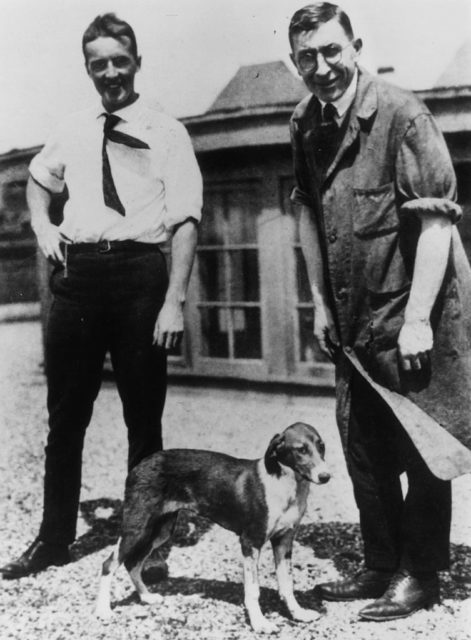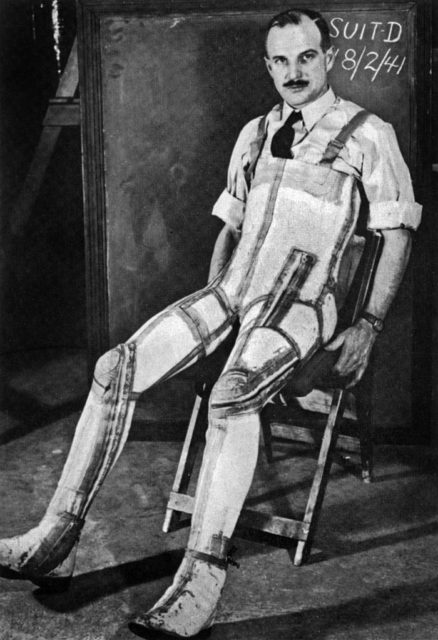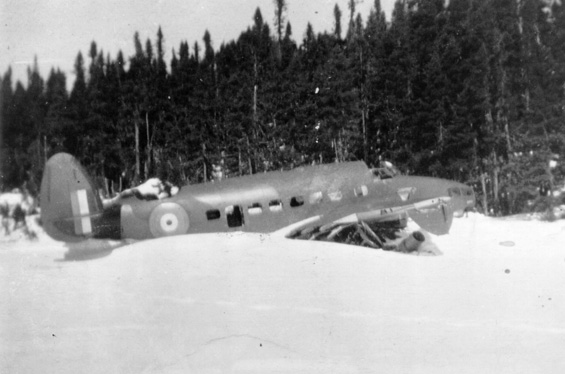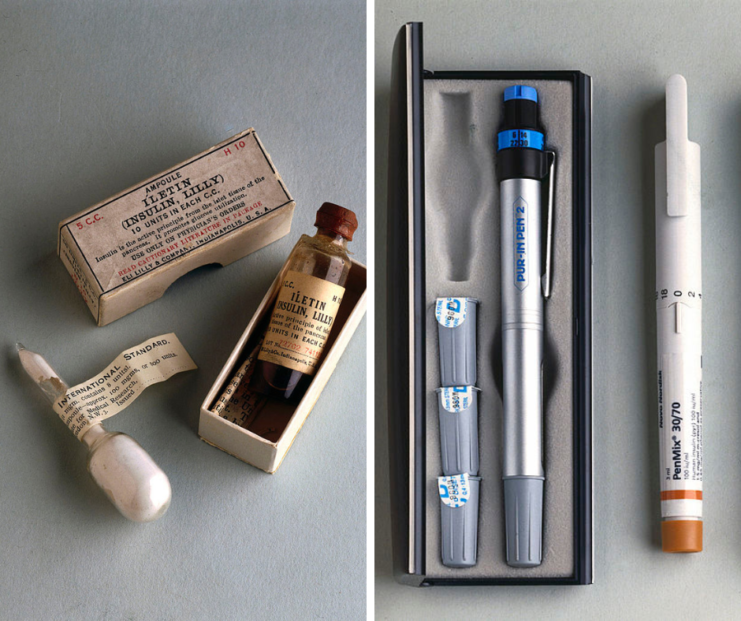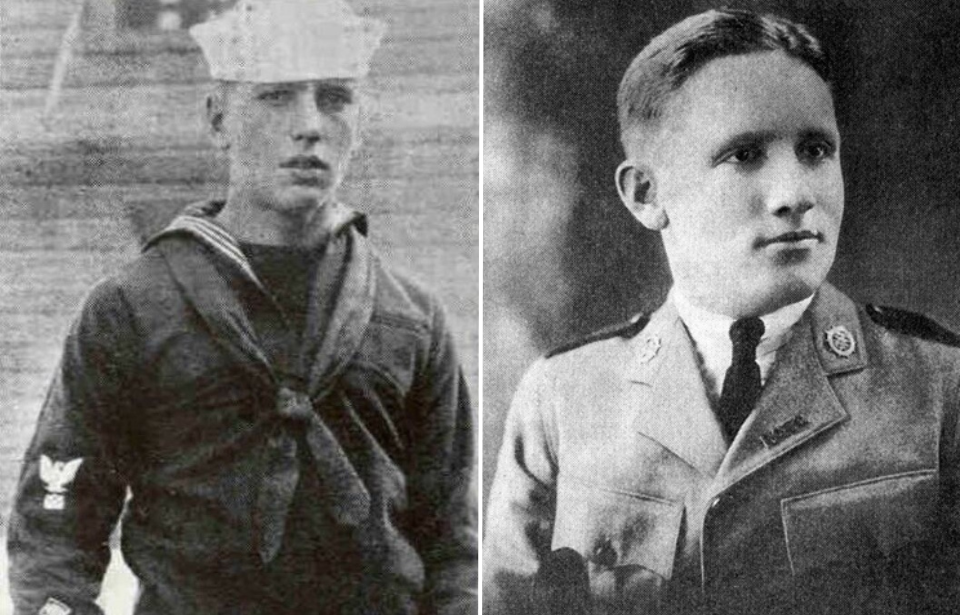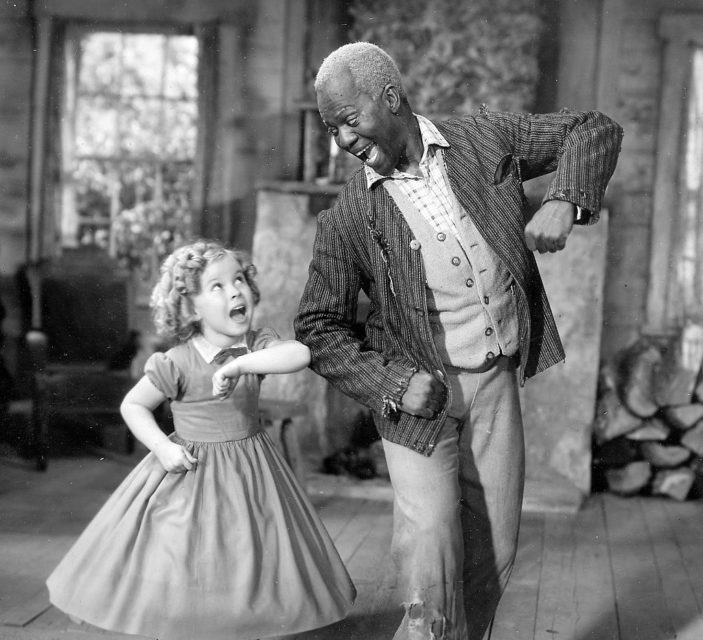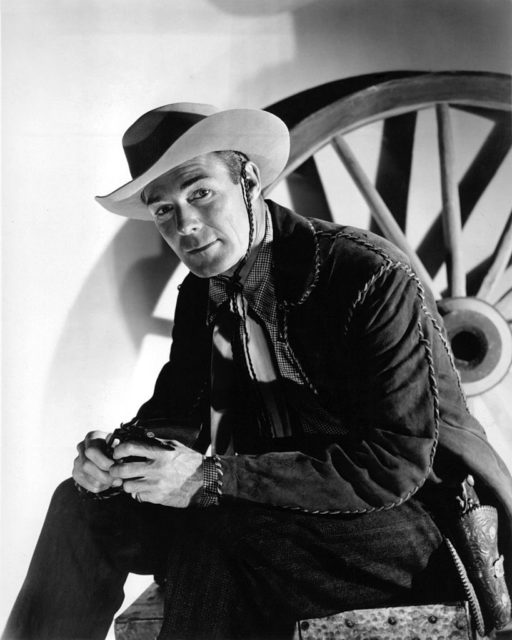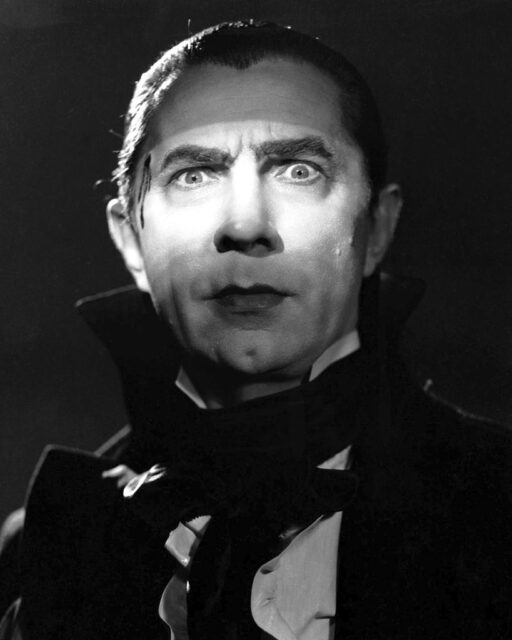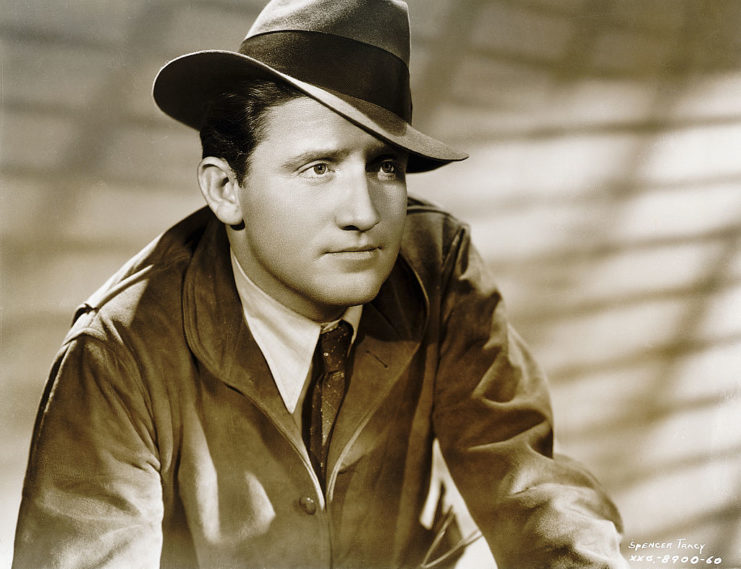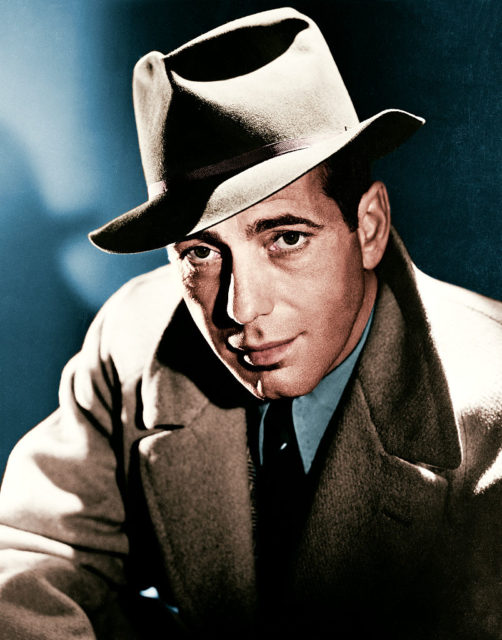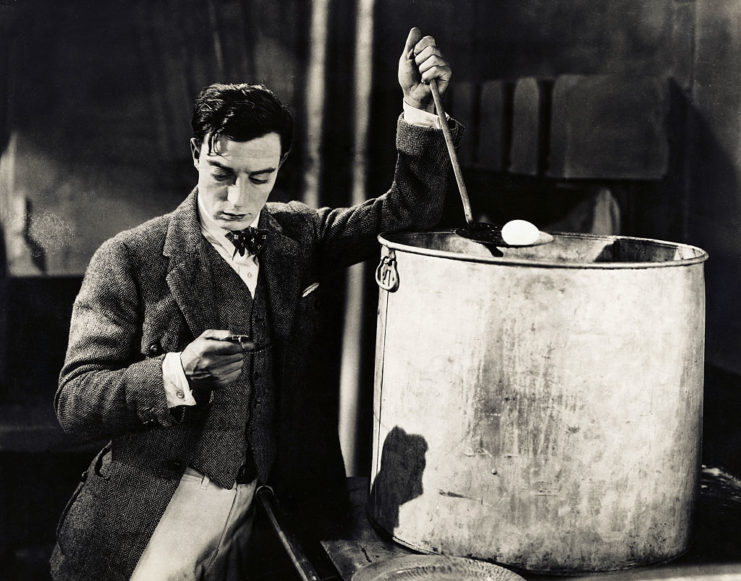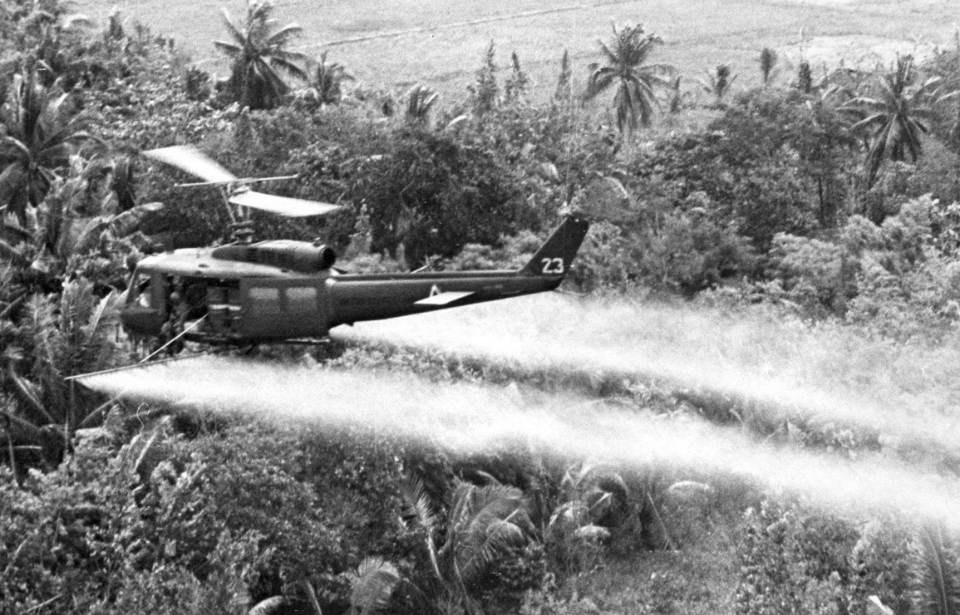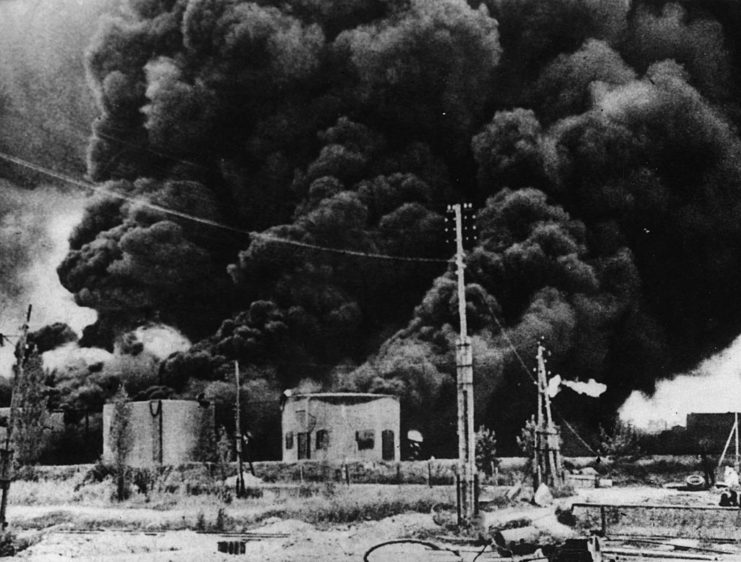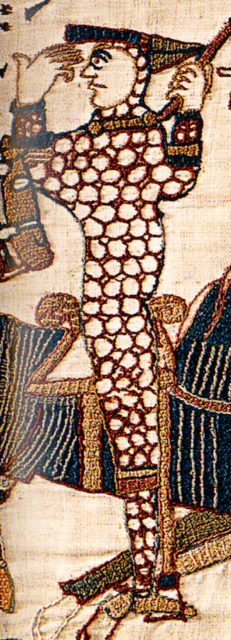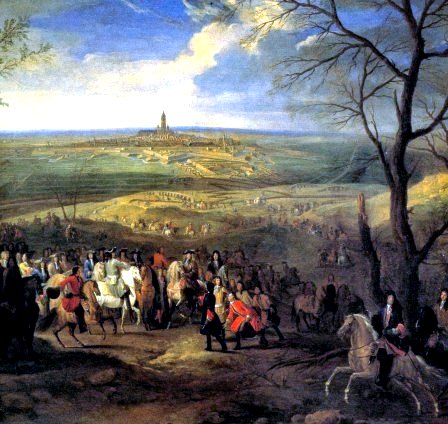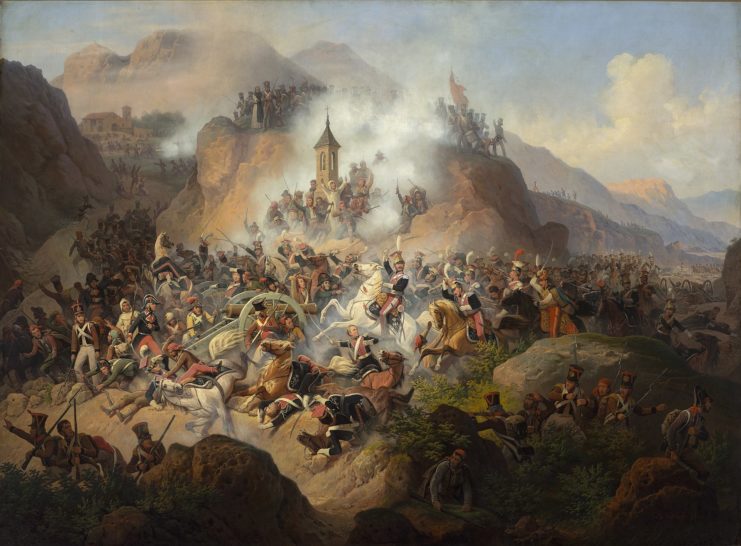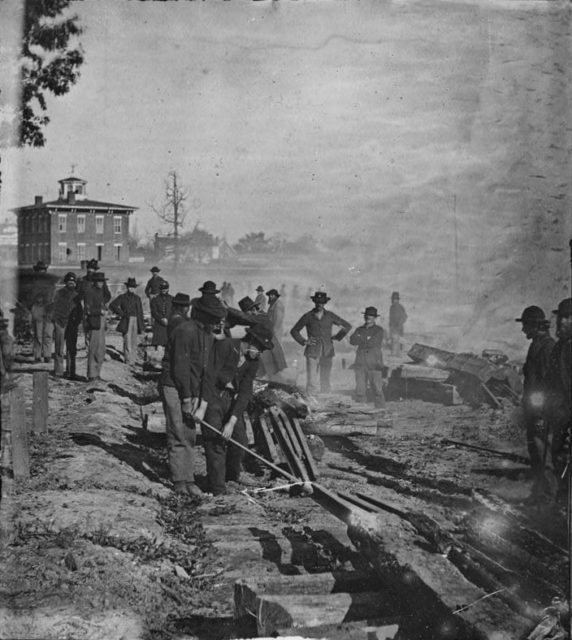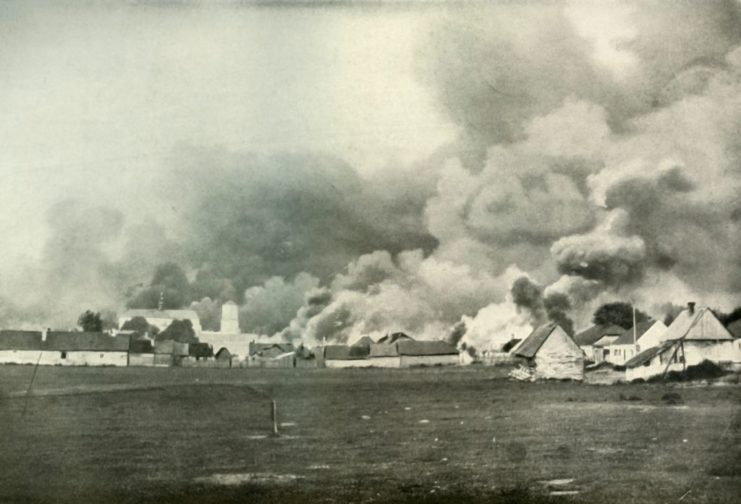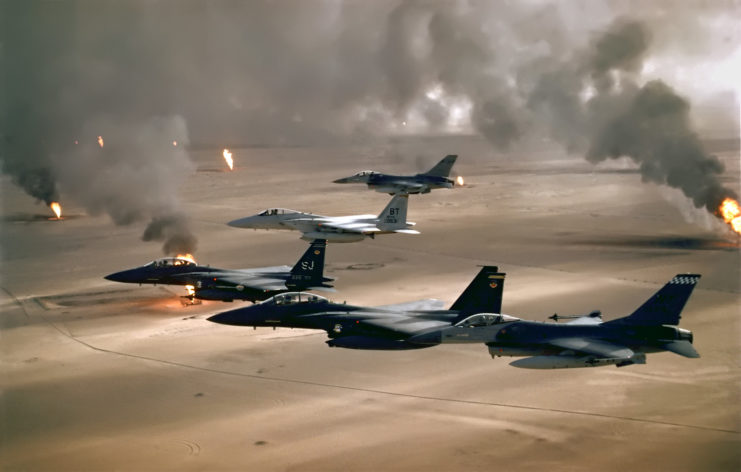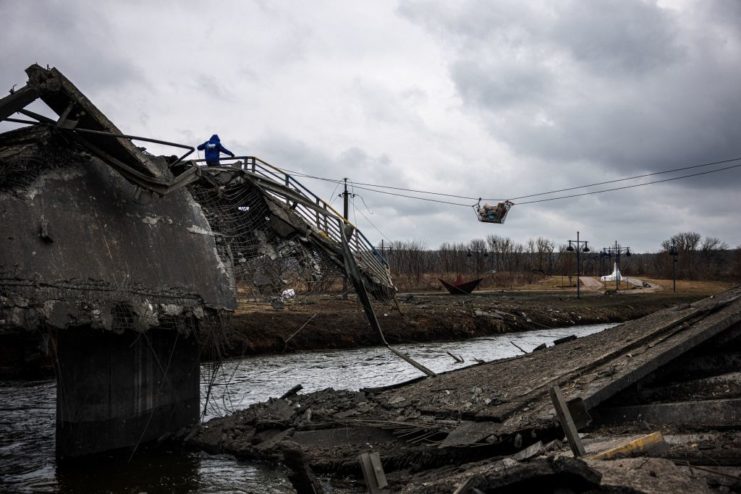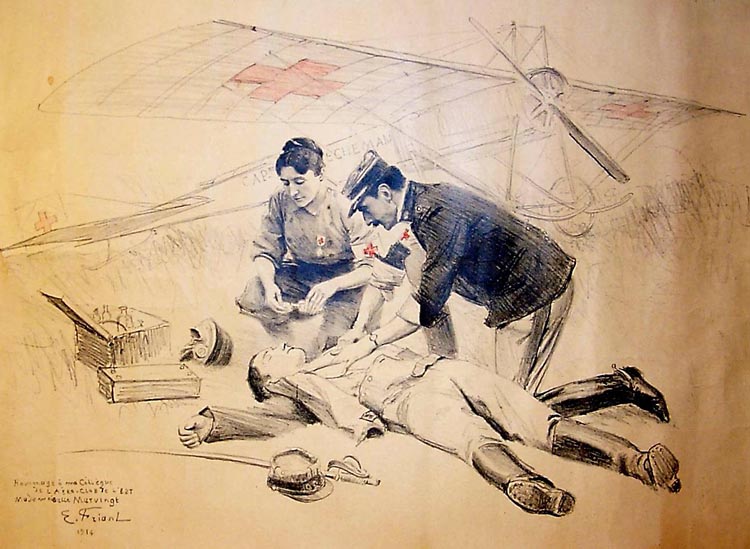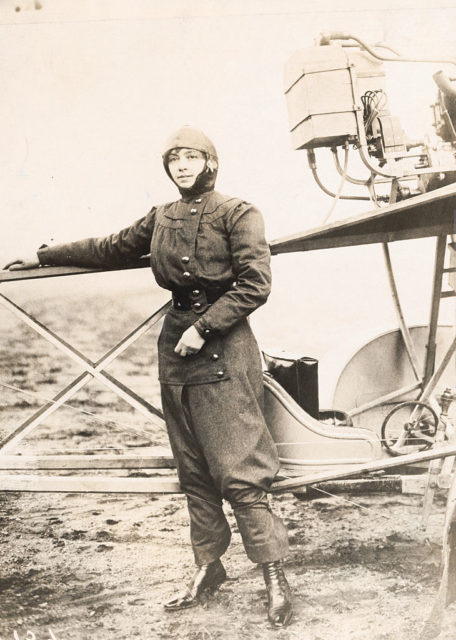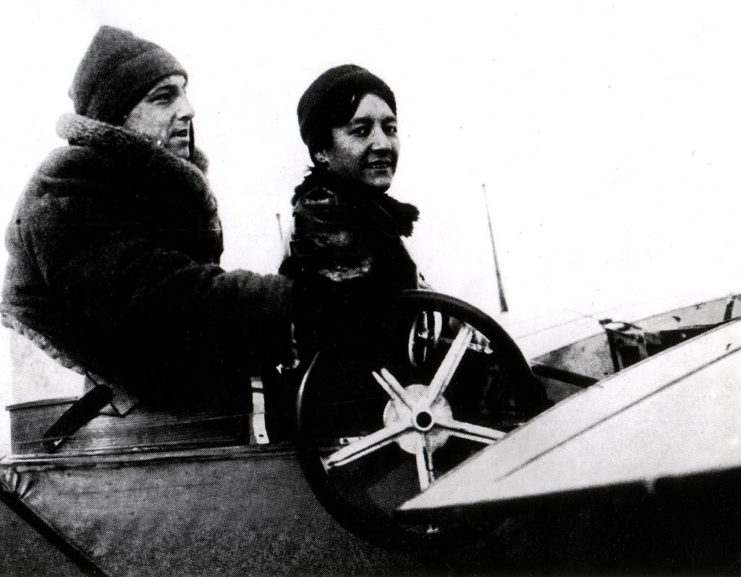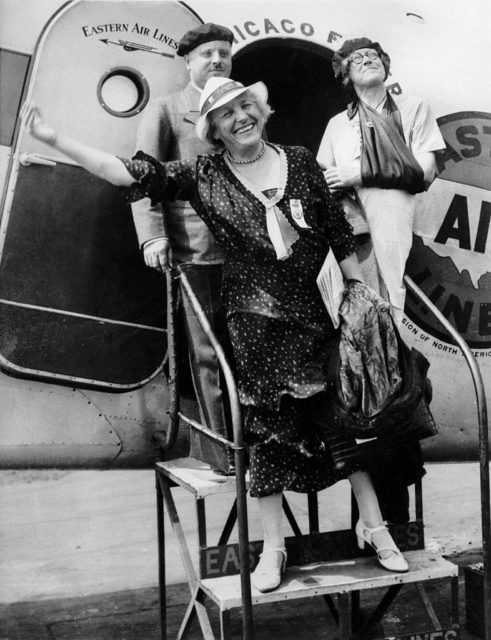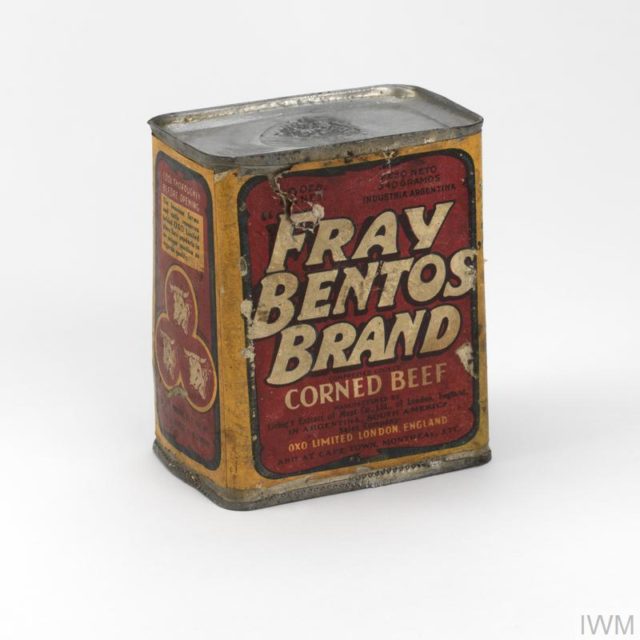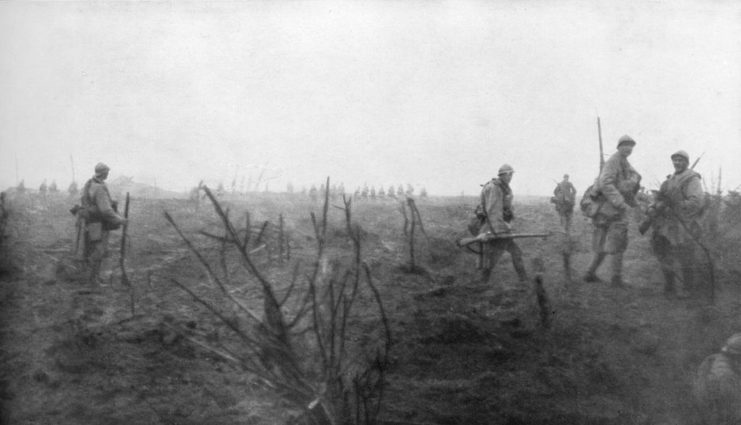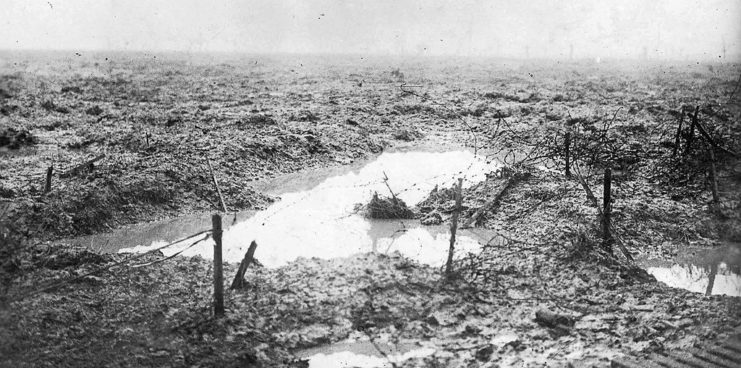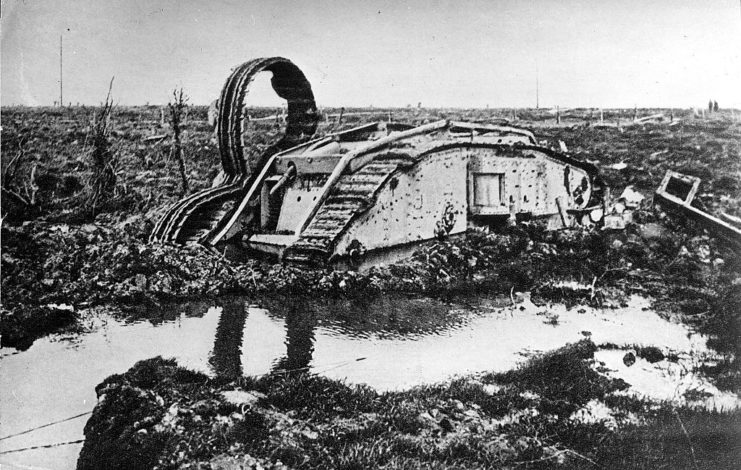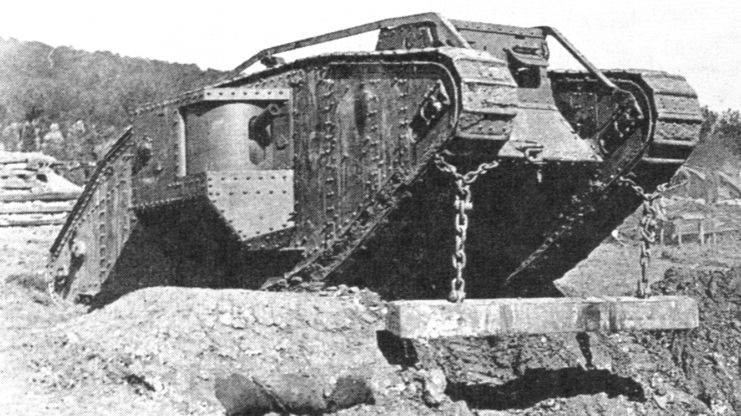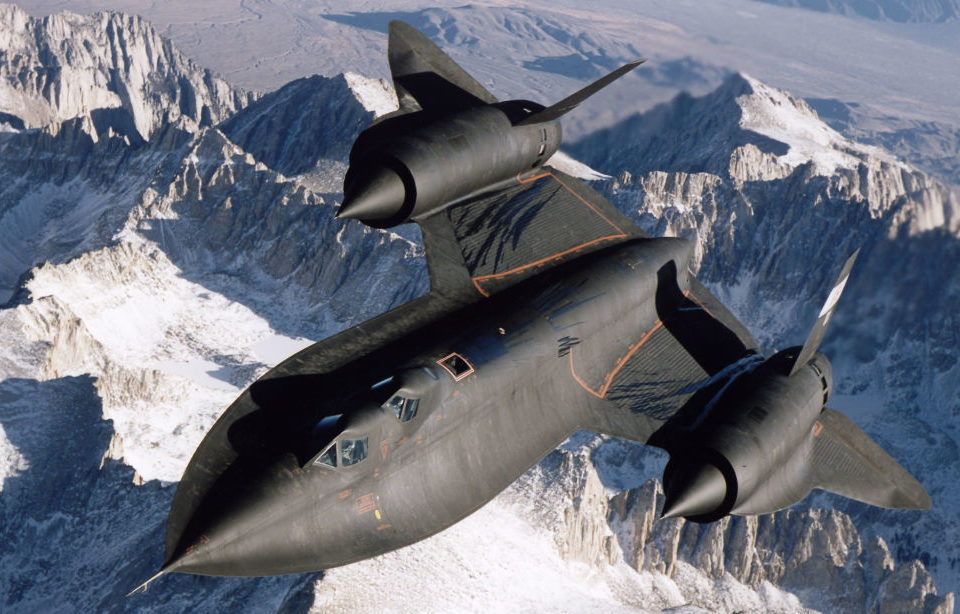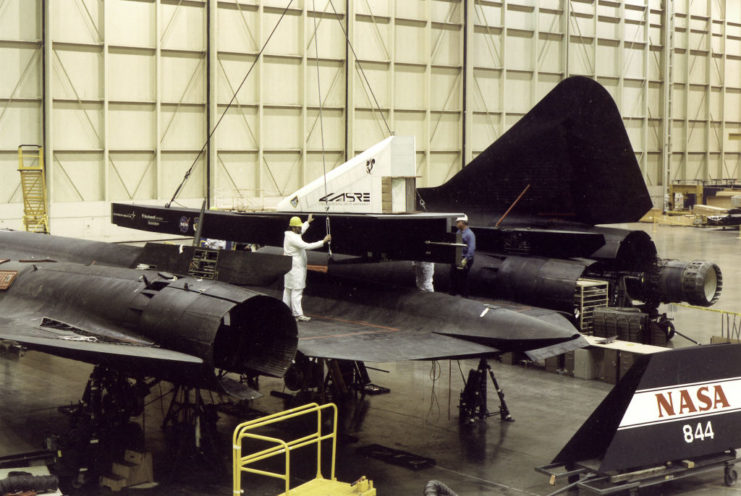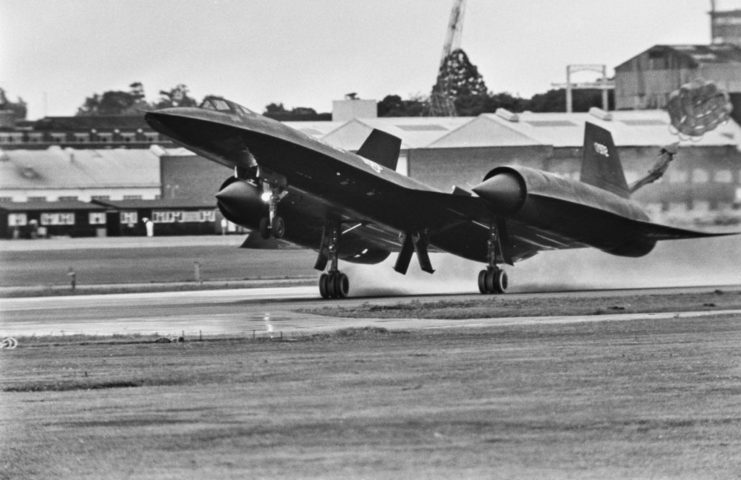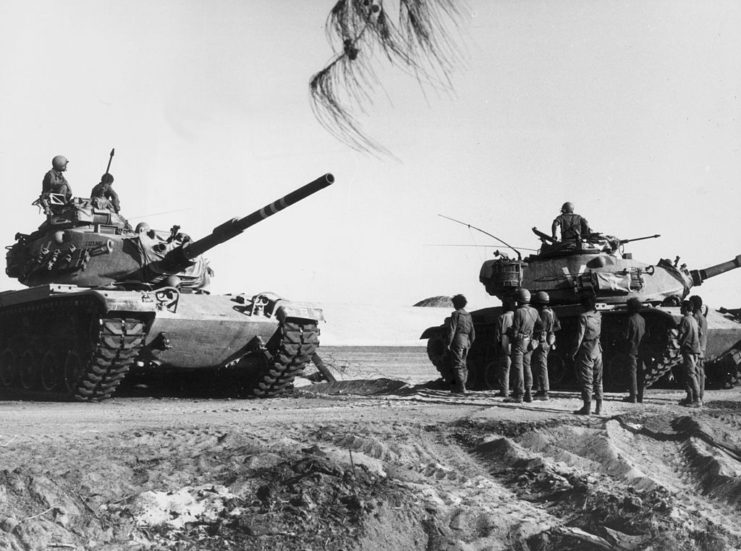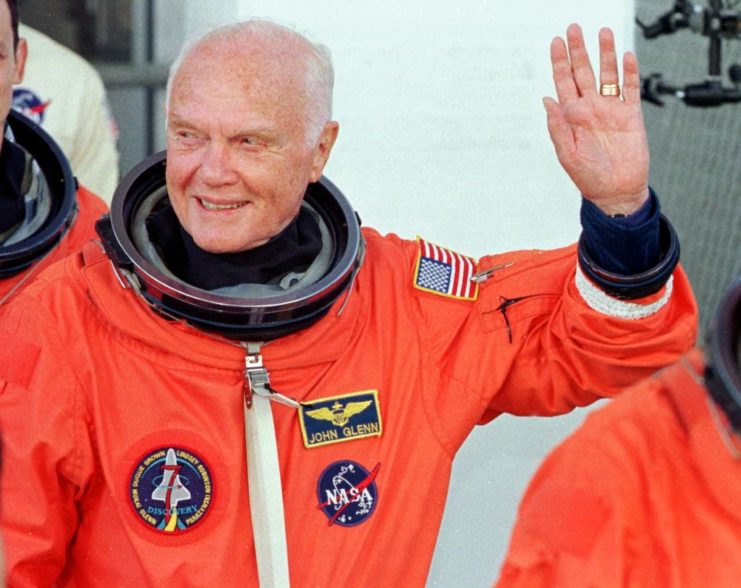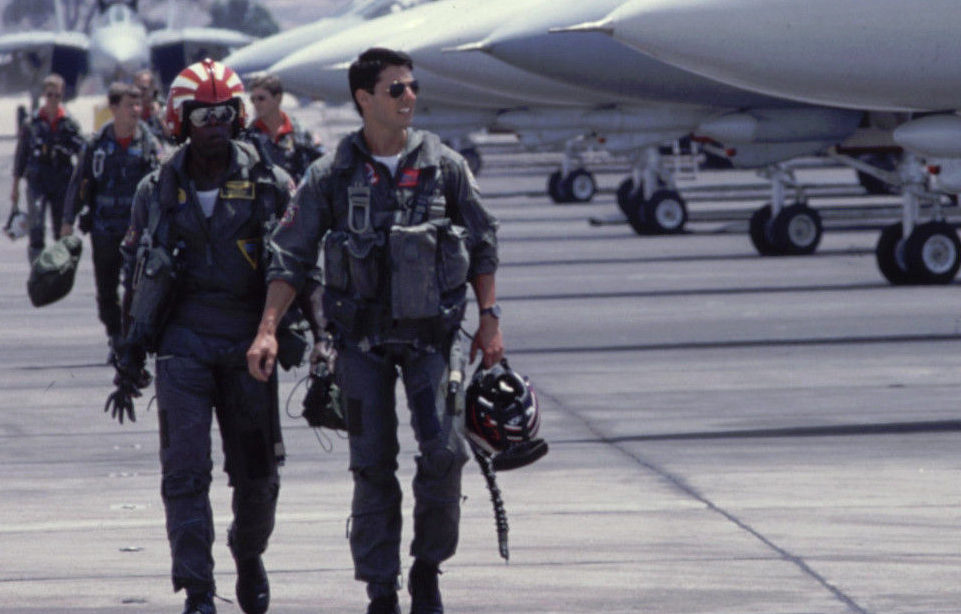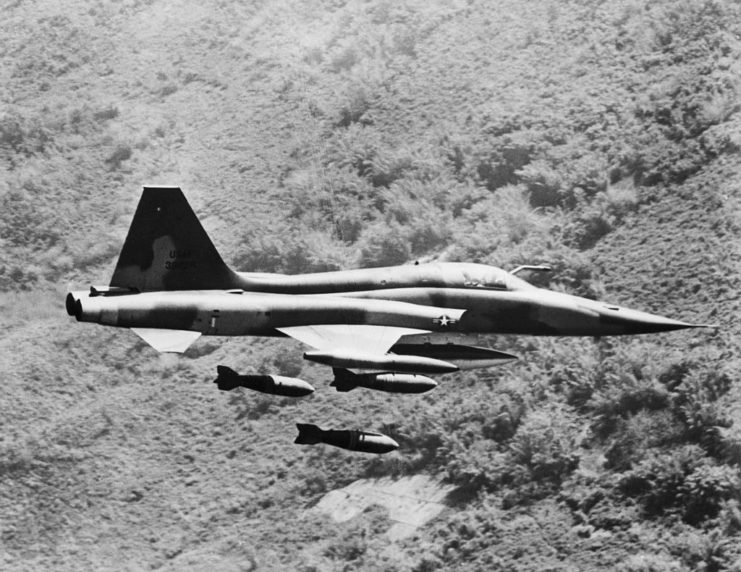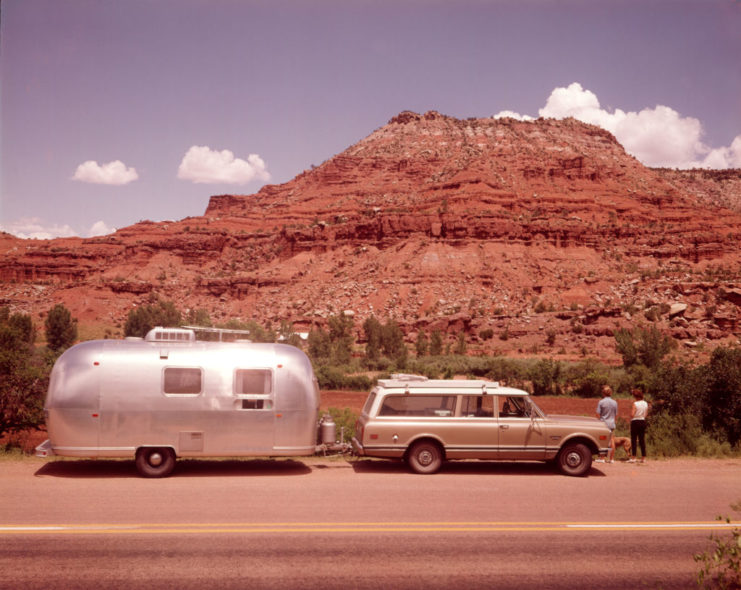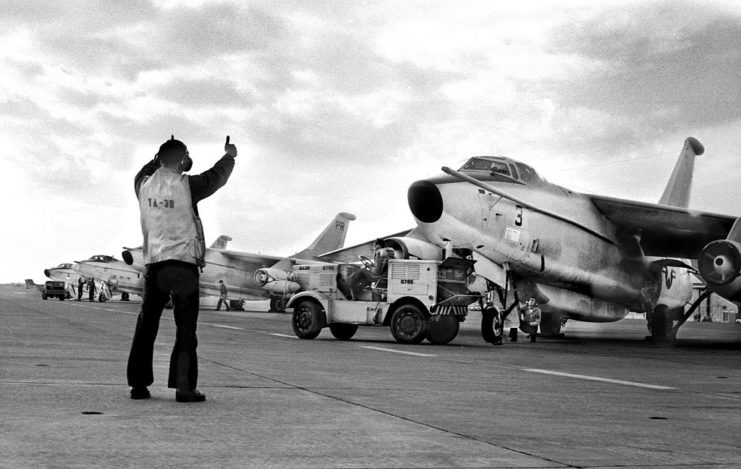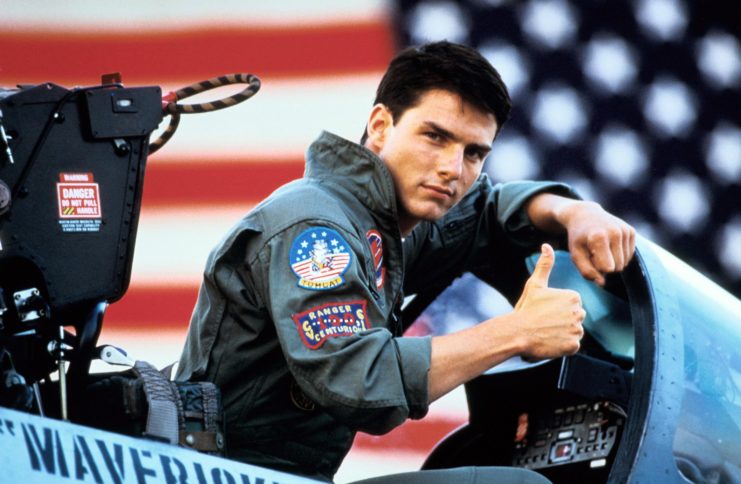“My God! Do you mean he’s real? I thought he was somebody the Marines made up, like Paul Bunyan!”
These words were said by a young Marine replacement during World War I, after he was told Dan Daly was his first sergeant. Daly is indeed deified in the Marine world, but he is not as well known to the general public. The Marine hero is one of only 19 men to have been awarded two Medals of Honor, and he was nominated for a third.
This is his story.
Dan Daly’s upbringing
Born in 1873, Dan Daly had a hardscrabble, yet common upbringing. He was raised in a squalid tenement in New York City and cobbled together a living by selling newspapers. When he was slightly older, he began working in an overcrowded city factory. While only standing at five-foot six-inches, he was a fierce amateur boxer.
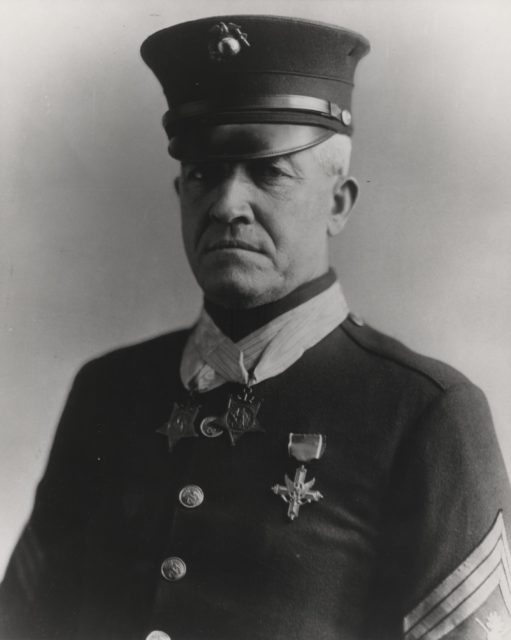
With such a tough life, it’s no surprise Daly was eager to leave New York when the opportunity presented itself. In 1899, at the age of 16, he joined the US Marine Corps. At the time, the Americans were fighting the Spanish-American War. While Daly hoped to participate, he didn’t finish basic training in time.
The Boxer Rebellion
While Daly missed out on participating in the Spanish-American War, he didn’t have to wait long for his chance at combat. In 1900, he took off to China to fight for the Alliance during the Boxer Rebellion. The war was so-called because the Chinese rebels fought in a style that resembled boxers.
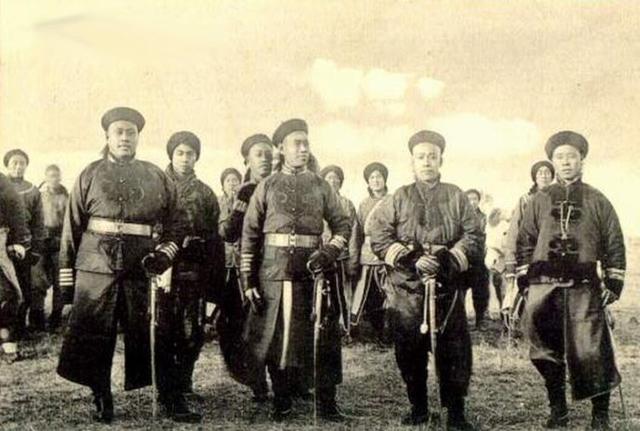
It didn’t take long for Daly to prove himself a hero. He participated in the defense of the Foreign Legations, which was under siege from Chinese soldiers for 55 days. On one of these days, it was reported German soldiers had assembled outside of the American Embassy in Beijing. Several Marines left their post to assault the German position and Daly was left alone. It was on this night that a number of Chinese soldiers attacked. Using a machine gun, the Marine killed an estimated 200 enemy soldiers.
For this, he was awarded his first Medal of Honor. The citation reads:
“The President of the United States of America, in the name of Congress, takes pleasure in presenting the Medal of Honor (First Award) to Private Daniel Joseph Daly (MCSN: 73086), United States Marine Corps, for extraordinary heroism while serving with the Captain Newt Hall’s Marine Detachment, 1st Regiment (Marines), in action in the presence of the enemy during the battle of Peking, China, 14 August 1900, Daly distinguished himself by meritorious conduct.”
Battle of Fort Dipitie
Fifteen years later, Daly was in Haiti supporting the country’s government against rebels. The Marine and his small platoon were ambushed by around 400 of the Cacos rebels. To make matters worse, the platoon’s machine gun was temporarily dropped in the river. Daly retrieved the weapon and the platoon went on the attack, killing the rebels.
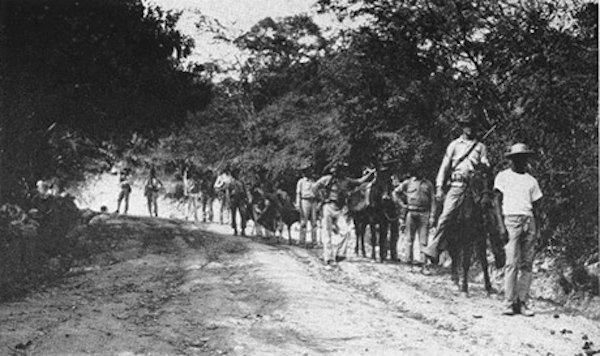
Daly was again awarded the Medal of Honor. The citation reads:
“The President of the United States of America, in the name of Congress, takes pleasure in presenting the Medal of Honor (Second Award) to Gunnery Sergeant Daniel Joseph Daly (MCSN: 73086), United States Marine Corps, for extraordinary heroism in action while serving with the 15th Company of Marines (Mounted), 2d Marine Regiment, on 22 October 1915. Gunnery Sergeant Daly was one of the company to leave Fort Liberte, Haiti, for a six-day reconnaissance.
“Gunnery Sergeant Daly fought with exceptional gallantry against heavy odds throughout this action.”
World War I and his famous phrase
Despite being 44 years old at the time, Daly was active during World War I. The Marine fought in some of the bloodiest battles of the conflict and was wounded three times. While leading his men during the Battle of Belleau Wood, he shouted, “Come on, you sons of bitches, do you want to live forever?”
The words have gone down in Marine Corps lore. They had the desired effect, as the Allies won the battle.
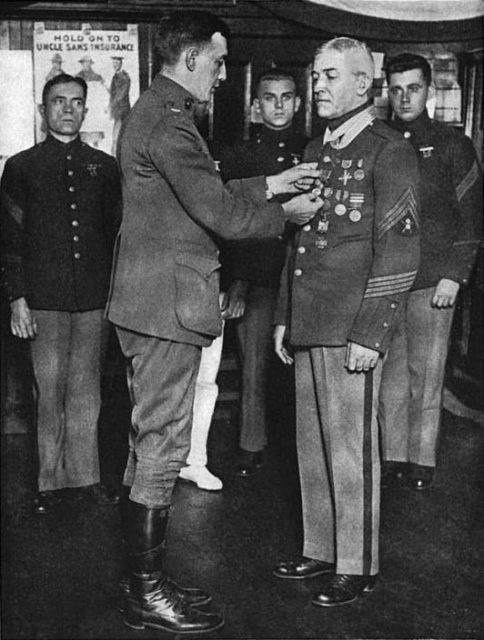
Daly was again nominated for the Medal of Honor. It was decided that it would be unacceptable for one man to receive the award three times, as no one ever had. Instead, he was presented with the Distinguished Service Cross and, later, the Navy Cross.
Legacy
Many factors have hurt Dan Daly’s legacy. Many wars have been fought since his time, with new heroes. As well, he died in 1937, and during his life was known for his modesty and refusal to talk about what happened to him during his service. However, in the Marine Corps, Daly is still honored and talked about regularly.
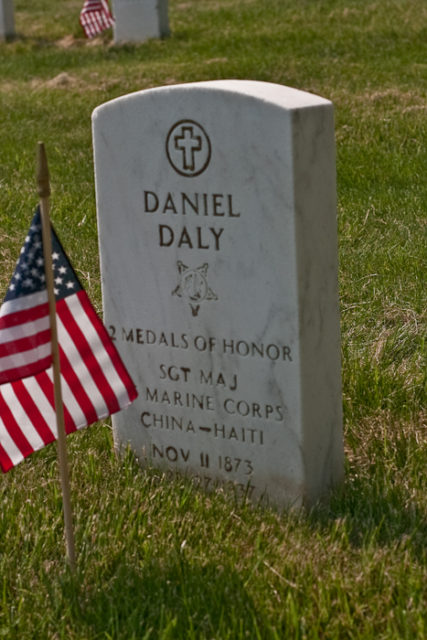
Lt. Col. Frank E. Evans, the adjutant of the 6th Regiment in France, said of the legendary Marine, “Daly’s influence on new officers and men was remarkable. He enjoyed the respect, confidence, and admiration of every man in the regiment. For loyalty, spirit, and absolute disregard of fear, he was almost unique in the entire brigade, and his devotion to his officers and to the men of his company was demonstrated time after time.”
